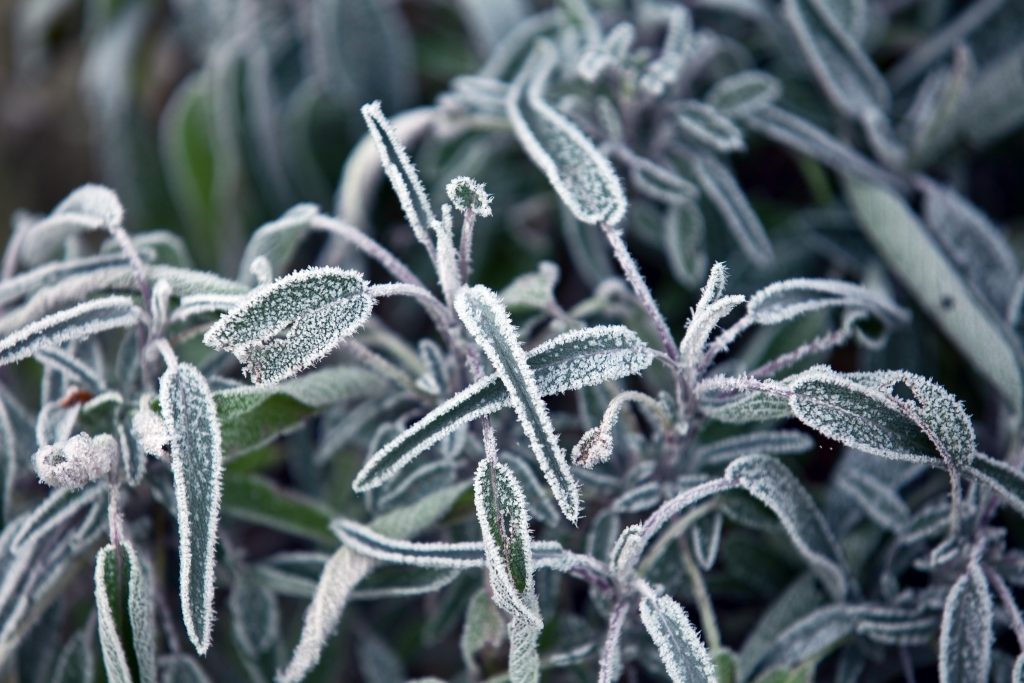DIY Winter Veggie Garden Tips!
The beauty of a vegetable garden is the seasonal adaptability. Although vegetables will grow slower than in the spring and summer, winter veggies are just as rewarding and nutritious.
Especially when they provide organic, fresh ingredients for hearty winter soups and stews on the coldest of days.
Focussing on seasonal vegetables is also a sustainable approach. Winter vegetables grow slower, need slightly less water, and don’t overdraw on the nutrients in the soil.
1 Seasonal Crops
For best results and a reputation for having ‘green fingers’, be intentional about planting the right winter vegetables for your area and climate. Most winter vegetables will thrive (even in a little frost), but there are others which don’t do as well.
These vegetables and herbs are great planting choices for winter:
- onions,
- shallots,
- broad beans,
- garlic,
- kale,
- spring onions,
- spinach,
- peas,
- asparagus,
- brussel sprouts,
- turnips,
- cauliflower,
- broccoli,
- thyme,
- winter gem lettuce, and
- cabbage.
Remember, extreme frost will destroy even the hardiest vegetables and extra cover is always a good idea. Lettuce, Swiss Chard, beetroot and radishes are slightly more sensitive to cold but make for excellent winter crop choices under tarps or in a greenhouse-like setup.
2 Mulch Cover
For crop protection use mulch (grass cuttings, wood chips, straw or other organic material) layered around the vegetables and garden bulbs. This keeps the plants warm and adds potential for extra moisture absorption.
Cover rows with garden cloth, tarp or fleece when severe frost is expected; especially for young seedlings. It is also possible to cover individual shoots with plastic bottles (cut in half) overnight or place a shade cloth over raised beds.
3 Watering Wisely
Watering the vegetables in winter is always tricky. We suggest you water the garden during the warmest hours of the day during winter.
The roots absorb moisture slower than in summer and the warmth helps keep it flowing through the entire plant system.
4 Harvest Carefully
Since winter vegetables are often slow to produce, adjust your harvest time and quantity to ensure optimal growth. Allow enough time to mature and harvest just before the frost, preferably in drier weather to avoid sticky soils. Do not dent or damage the vegetables left in the ground wherever possible.
5 Cold frame magic
A new buzzword in the winter gardening realm is #microclimate. This is creating a greenhouse effect on a much smaller scale. A great example of this is homemade cold frames for winter vegetable gardens (or seedlings).
Cold frames are a sure way to protect vegetables (and other plants) from extreme weather damage.
The concept is simple: use a transparent material which lets in sunlight, but is hardy enough to withstand the low temperatures.
Suggestions are to use a recycled wooden frame (hammered together from old boxes, crates or pallets, for example) with strong plastic stretched over it. Alternatively, you can purchase cold frames. A creative (and sustainable) idea is also to fit them as ‘lids’ on to raised planting beds that can be utilized during the cold months and stored away for the rest of the year.
6 Fence it in
Sometimes the wind can cause havoc for fledgling greens. A simple wind barrier could make a huge difference in a susceptible space.
Place mini fences, layer bricks (with spaces between) into a low wall, or place shade cloth around the vegetable garden to keep the wind from ripping up those precious young plants.
7 Dwarf the Fruit
A space-saving tip for winter fruit is that citrus trees thrive in large pots.
They will only grow as big as the pot allows, but will provide delicious citrus throughout cold winter months.
Even better if kept on a porch or indoors for extra protection against the elements.
8 Tasty Patience
Lastly, it’s about the palate. Vegetables harvested in slightly colder (frostier) weather will be sweeter and crispier in the kitchen.
Be sure to get them out of the ground just before the frost hits, though, otherwise, you may need a sledgehammer to get at them.
No matter what the textbooks say, the experienced hand is always the winner. Do not be afraid to try things, change up the methods, vary the planting techniques and try different plant partnering combinations.
Why not chat to other gardeners in your neighborhood before jumping into the fray? They may have some awesome advice about the winter vegetables that do best in your region.

